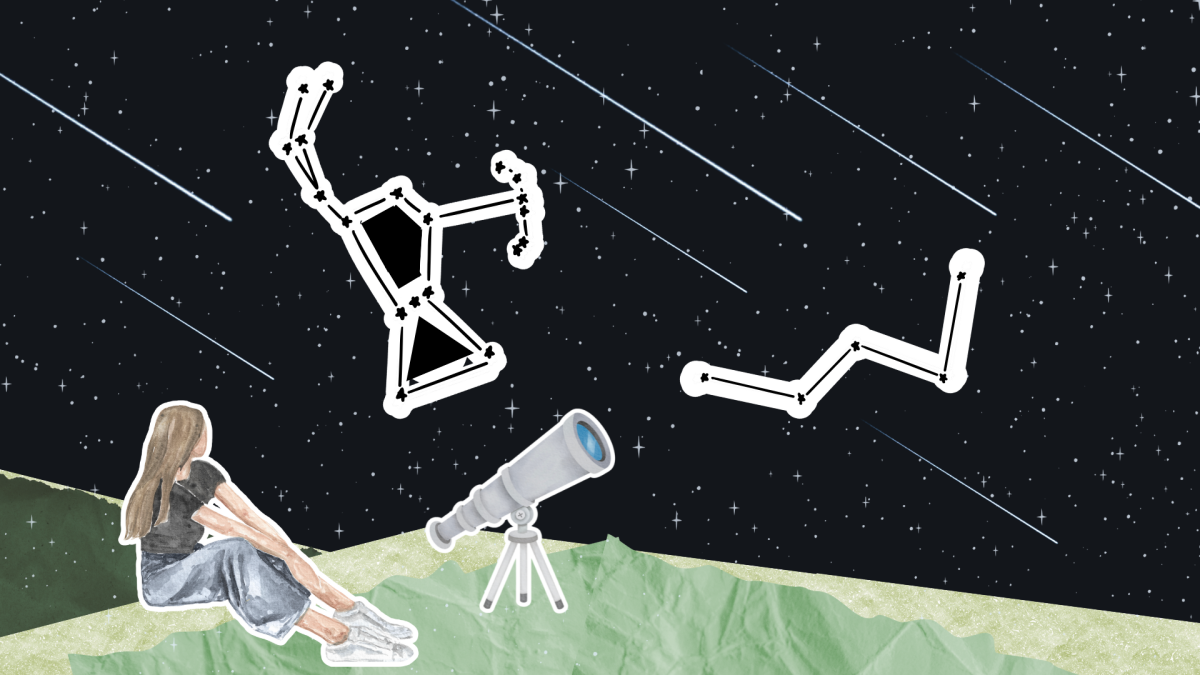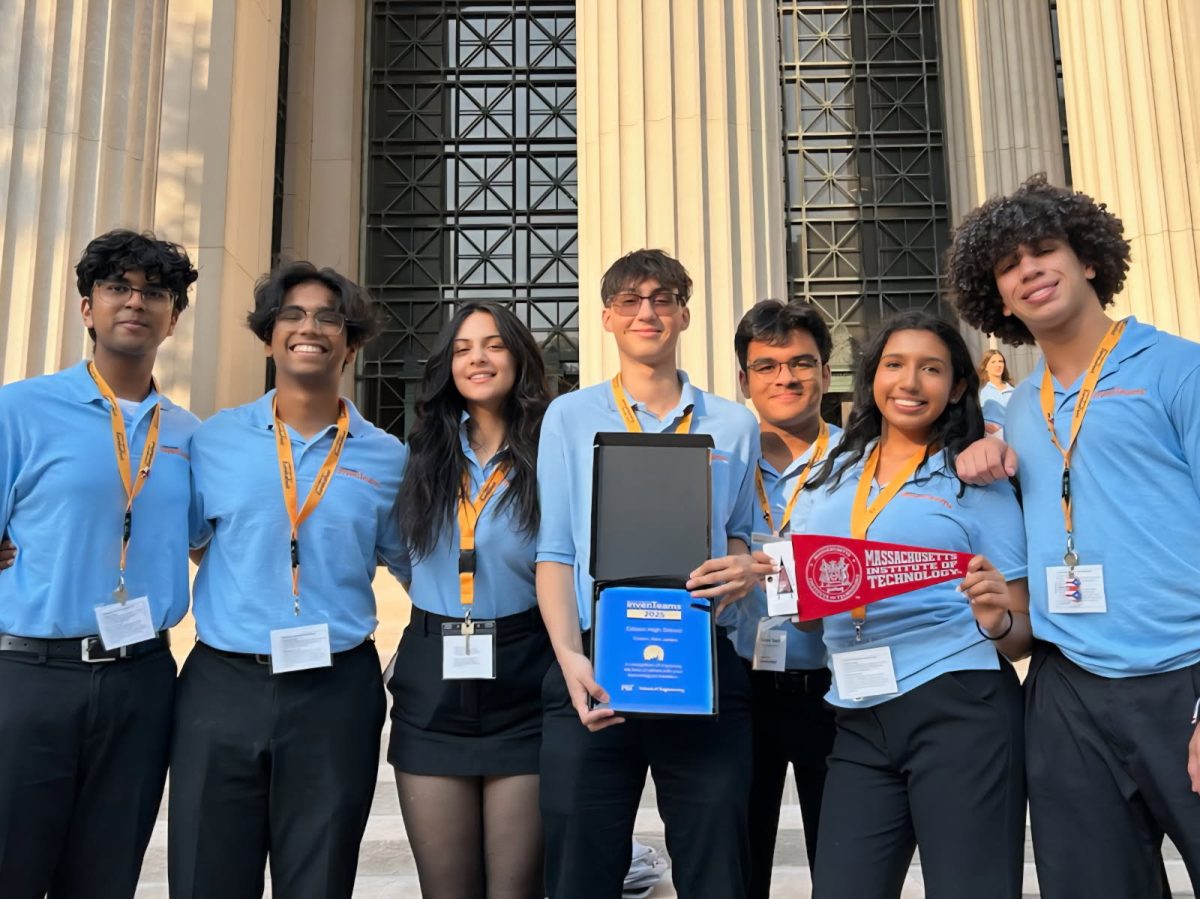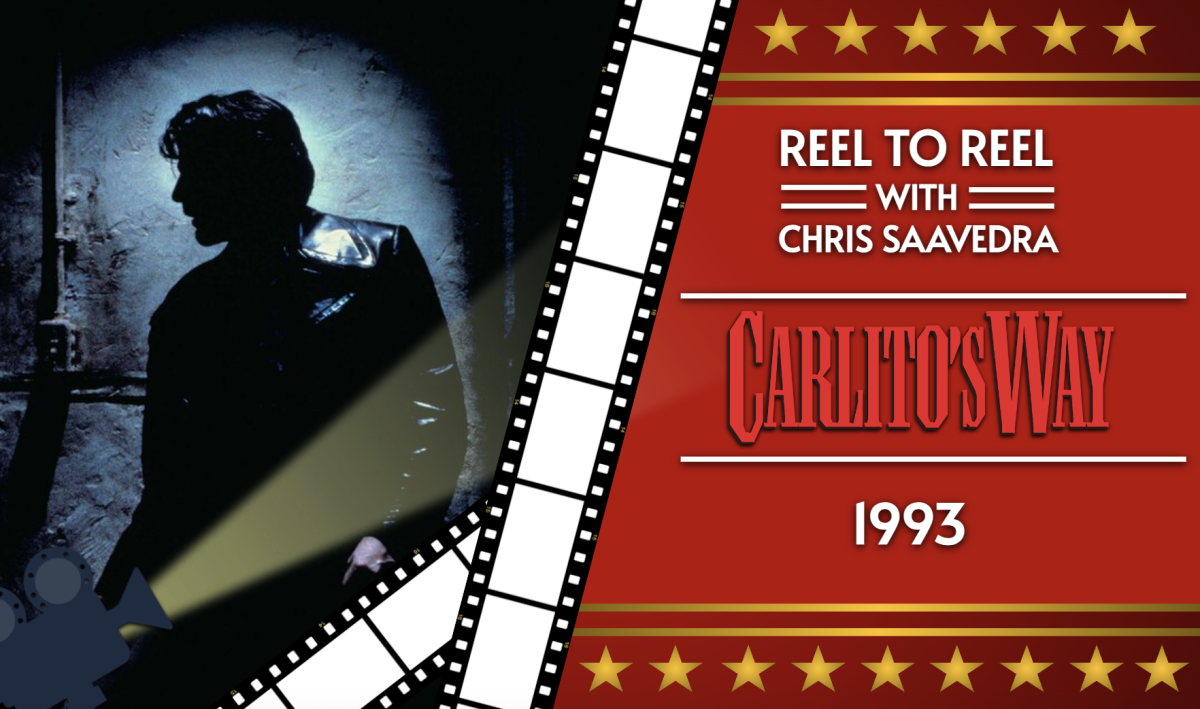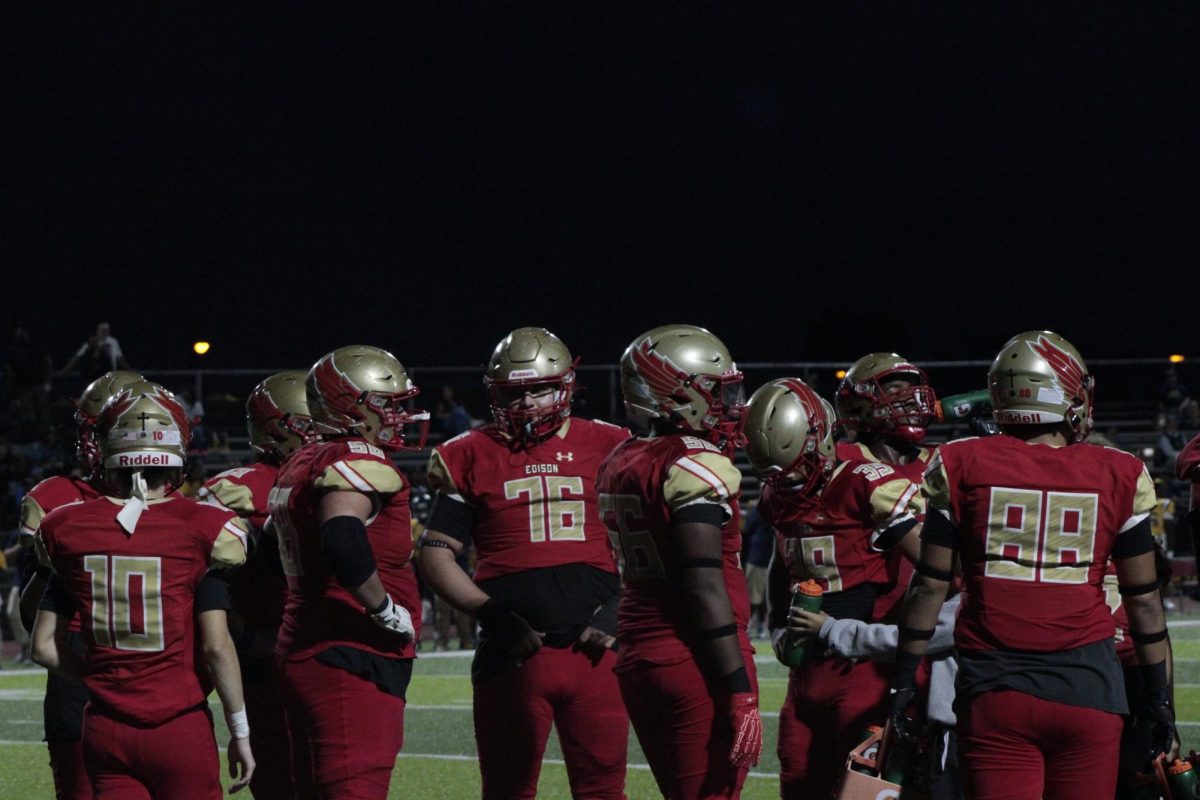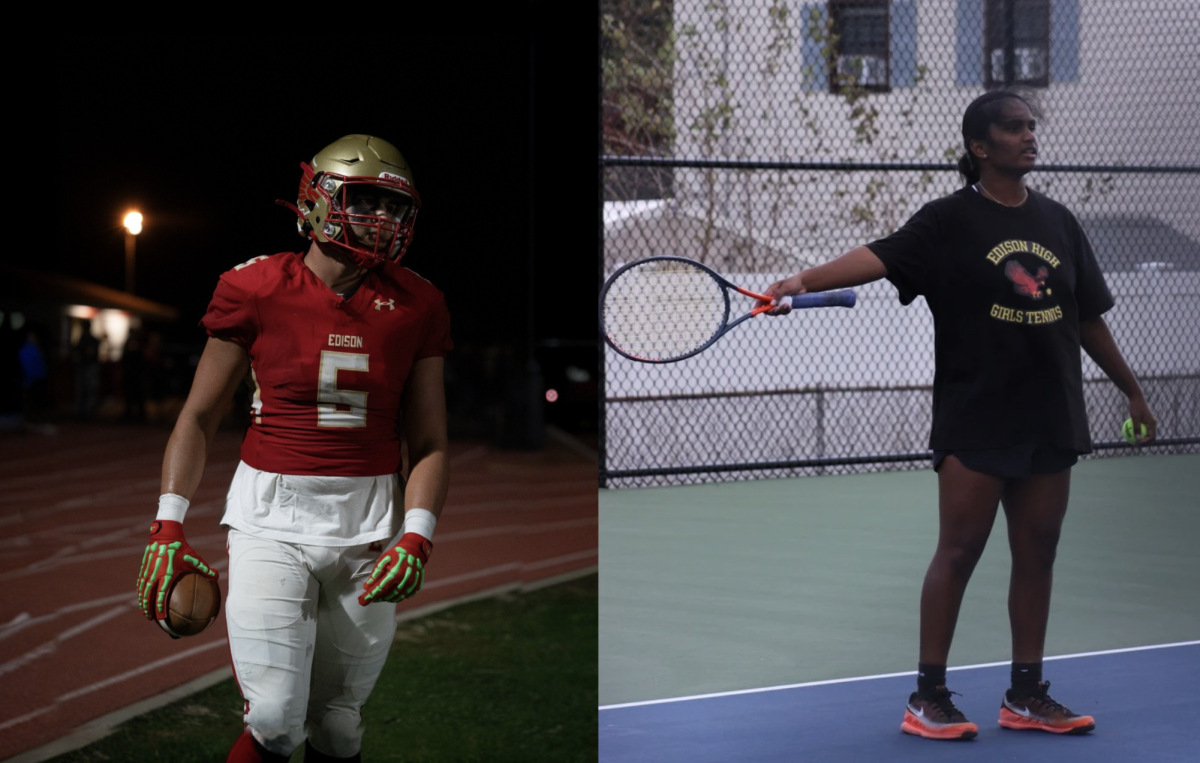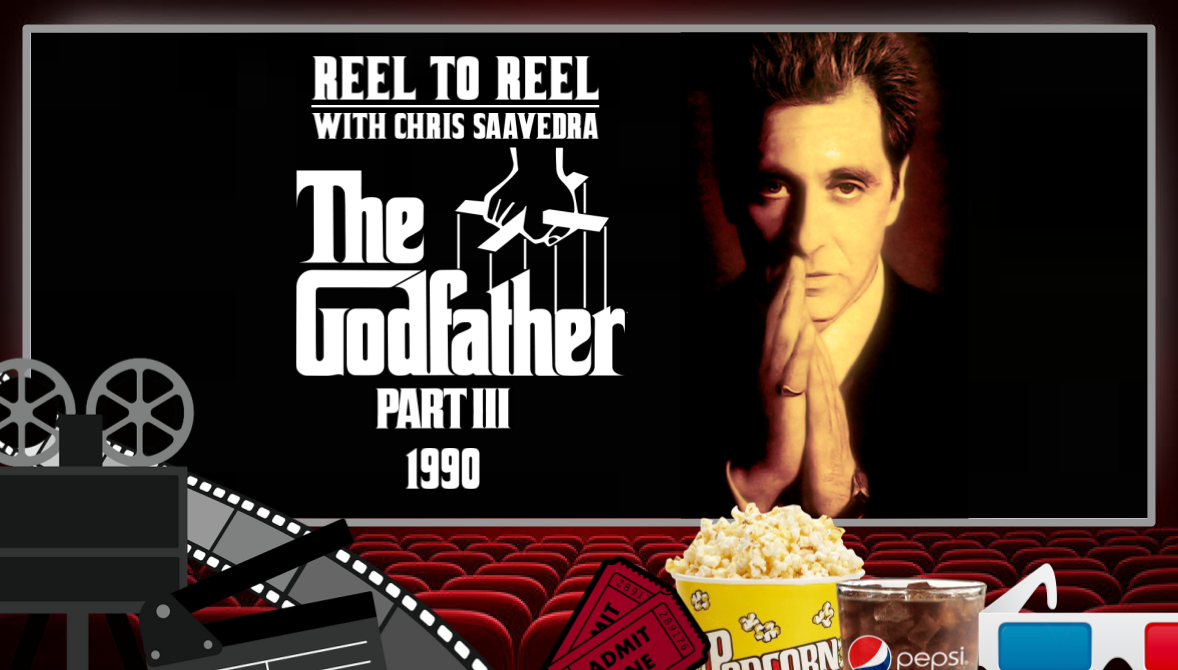The experiences in our lives shape the way we see the world, and influence the decisions and actions we make and take. With age comes maturity and wisdom, and with that comes reflection on the past and future. These themes correspond to the final entry of one of the most iconic and memorable tales ever brought to cinema: The Godfather Part III.
The third and last entry in the acclaimed series, it was brought to cinemas everywhere on Christmas Day 1990, and brings with it the return of series mainstays such as Al Pacino, Diane Keaton, and Talia Shire. It also brings in newcomers such as Andy García, Sofia Coppola, and George Hamilton. The movie also sees the return of series director, Francis Ford Coppola, for one last hurrah as an aging Michael Corleone now tries to escape from the criminal world because he is now haunted by his past. While it may not have attained the same levels of critical acclaim and glory like its two predecessors, it still creates a vibrant picture of the exploration of searching for peace and redemption while under the shadows of your sins and trespasses from days gone by.
It is now 1979. Twenty years have passed since the events of the previous film. Michael Corleone is now almost sixty years old and is wracked with guilt over his violent rise to power and the people he’s hurt. He has become involved with charitable works and business dealings with the Catholic Church. His consigliere and adopted brother Tom Hagen is now dead. He has since divorced from Kay and has a strained relationship with his son Anthony and shelters his daughter Mary from the true activities of the family.
Michael seeks to legitimize his family empire by investing into a large real estate corporation, Immobiliare, in a deal with the Church. He becomes a mentor to Vincent Mancini, his nephew and the illegitimate son of his dead older brother Sonny. Michael retires as don of the family and designates Vincent as his successor, who begins a romantic relationship with Mary. Just as Michael believes he has broken free of the criminal game, he is soon reminded that once you’re in the world of the mafia, you can never escape. And as Michael said, “Just when I thought I was out, they pull me back in.”
The film challenges audiences to reflect on the price of redemption and whether the pursuit of a better, more virtuous life can justify the losses incurred along the way. Michael tearfully confesses to Cardinal Lamberto in the Vatican to all his sins and past wrongs, including ordering the death of his brother Fredo. His attempt to break free from the cycle of violence and corruption demands sacrifices, both personal and familial. The Immobiliare deal itself is his way to finally legitimize his criminal fortune; to cleanse the Corleone name. The film challenges audiences to reflect on the price of redemption and whether the pursuit of a better, more virtuous life can justify the losses incurred along the way. The Godfather series is well known for its morally ambiguous plots and stories, and Part III is no exception. Michael’s contemplation and inspection of his life prompts viewers to reflect on the choices they make and the legacies they will leave behind. Is it ever too late to change? Could our past actions leave a permanent scar on our image and how we view others and the world? The film is an exemplification on the fleeting nature of life and the enduring impact of the decisions we make.
The movie is also an overview and glimpse of the real life corruption and nefarious dealings of the Vatican Bank and Italian government in the late 1970s and early 1980s. It takes real world events and fictionalizes it to tie in with the affairs of Michael Corleone. The Immobiliere deal is inspired by the Papal banking scandal of 1981-1982, where Italian bank Banco Ambrosiano collapsed into bankruptcy. The Vatican Bank was a major shareholder of the company, and the bank was seen as the dominant financier of the Vatican and the Holy See. Company chairman Roberto Calvi was even known as “God’s banker” due to his ties to the church. It was soon uncovered that the bank was illegally creating shell companies and crafting irregular financial transactions, and manipulated its financial reports to hide their true activities.
Calvi and the head of the Vatican Bank, Archbishop Paul Marcinkus, were accused of fraud but neither ever stood trial. Calvi was found hanging outside his apartment in June 1982, in what has since been determined to be a likely murder. Marcinkus invoked diplomatic immunity and never stood trial in Italy. Several characters in The Godfather Part III are based heavily on these real life figures. The character of Archbishop Gilday in the film is widely held to be based on Marcinkus, and Immobiliare chairman Frederick Keinszig is thought to be drawn by Calvi. While the mafia never had any interests or business dealings with the Catholic Church, it makes an important critique of corruption by still bringing attention to papal and government corruption, making aware to the viewers of the reach and power such shadowy figures wield. When so few people wield so much power, the untold consequences and wrath it could bring would be catastrophic. Mafias doesn’t operate the government, but the government could operate like a mafias if we aren’t vigilant to the people we elect to represent us.
The film suffered through many troubles in production, including multiple rewrites and delays in filming. On top of this, the movie received backlash and criticism for its perceived lack in quality, complicated plot, and the poor performance by Sofia Coppola. Due to such development hell and lackluster reception, it was re-released in December of 2020 as The Godfather Coda: The Death of Michael Corleone, with a new opening and ending, rearranged scenes, and a new instrumental score. However, as the decades passed, it has been reassessed more positively and has gained appreciation for its examination of themes such as redemption, family, government fraudulency, and the consequences of living a life of crime and immorality. As viewers revisit the movie, it implores them to reflect on the complexities of corruption, redemption, family, and the enduring consequences of our choices. They are presented with timeless lessons that continue to resonate, making The Godfather Part III a thematically and politically rich conclusion to the cinematic universe of Franics Ford Coppola and Mario Puzo.













